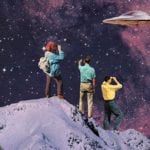 Animals
Animals  Animals
Animals  Weird Stuff
Weird Stuff 10 Weird Things People Used to Do at New Year’s
 Our World
Our World 10 Archaeological Discoveries of 2025 That Refined History
 Weird Stuff
Weird Stuff 10 Fascinating Facts You Might Not Know About Snow
 Miscellaneous
Miscellaneous Top 10 Things Crypto Was Supposed to Change & What Actually Did
 History
History 10 Huge Historical Events That Happened on Christmas Eve
 Music
Music 10 Surprising Origin Stories of Your Favorite Holiday Songs
 History
History 10 Less Than Jolly Events That Occurred on December 25
 Weird Stuff
Weird Stuff 10 Funny Ways That Researchers Overthink Christmas
 Politics
Politics 10 Political Scandals That Sent Crowds Into the Streets
 Animals
Animals 10 Species That Refused to Go Extinct
 Weird Stuff
Weird Stuff 10 Weird Things People Used to Do at New Year’s
 Our World
Our World 10 Archaeological Discoveries of 2025 That Refined History
Who's Behind Listverse?

Jamie Frater
Head Editor
Jamie founded Listverse due to an insatiable desire to share fascinating, obscure, and bizarre facts. He has been a guest speaker on numerous national radio and television stations and is a five time published author.
More About Us Weird Stuff
Weird Stuff 10 Fascinating Facts You Might Not Know About Snow
 Miscellaneous
Miscellaneous Top 10 Things Crypto Was Supposed to Change & What Actually Did
 History
History 10 Huge Historical Events That Happened on Christmas Eve
 Music
Music 10 Surprising Origin Stories of Your Favorite Holiday Songs
 History
History 10 Less Than Jolly Events That Occurred on December 25
 Weird Stuff
Weird Stuff 10 Funny Ways That Researchers Overthink Christmas
 Politics
Politics 10 Political Scandals That Sent Crowds Into the Streets
Top 10 Ways We Have Tried Identifying Gay Men
Being gay has always being a controversial topic, so it’s no surprise that governments and researchers have always looked into ways of finding out who is gay and who isn’t. Over the years, they have researched and created several inventions and tests that supposedly distinguished between a gay and a straight male.
Many of these inventions and tests did not work, even though they were believed to. Others were controversial. Some were just plain stupid.
10 The CIA Memo

In 1980, the Central Intelligence Agency (CIA) released an elaborate and hilarious memorandum detailing the characteristics typical of gay men. The idea was that the agency would identify these attributes in whoever they were investigating and use it to blackmail them as gay. However, the memo was evidently flawed, even though it correctly stated that gay people could not be recognized by sight alone.
According to the CIA, any man who knew the meaning of “gay,” “straight,” and “bi” was definitely gay, since such words were “passwords” used by gay men. At work, a gay man was supposedly hardworking, intelligent, friendly, cooperative, and punctual. We all know that these are characteristics of a good employee, but the CIA thought otherwise. Gay men definitely used public transport because the CIA also stated that they rarely drove their cars to work. They did not even drive their cars on weekdays and reserved all driving to weekends. They also had a knack for driving foreign brands and keeping female friends.
Gay men also prevented outsiders like deliverymen from coming into their homes. They preferred going shopping themselves and received mail sent by their friends through the post office even though they had no qualms with receiving bills and mail from relatives in their homes. Hardworking employees under CIA investigation in the 1980s definitely had a hard time, especially if they had a roommate, drove a Benz, and used the post office.[1]
9 Penile Plethysmograph Tests
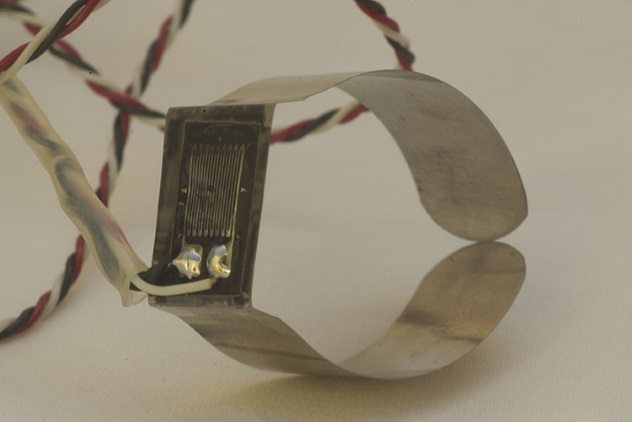
In the 1950s, Czechoslovakia, a defunct country that split into Czech Republic and Slovakia on January 1, 1993, had a strange problem. Many men were openly claiming to be gay just to avoid being drafted into the military. So many men claimed to be gay that someone invented a gay detection device just to find out if they were telling the truth. This device is the penile plethysmograph (PPG), and it worked by measuring the changes in penis size.
The PPG included a band that was fitted around a man’s penis while he was being shown series of suggestive and pornographic videos and pictures. The subject’s penis increased or decreased in size in response. Thereafter, the device passed the information to a computer, which printed the subsequent increment and reduction as a graph. Operators studied this graph to detect whether or not the person was truly gay.
These days, the device is used to treat sex offenders. The subjects are treated to electric shocks or foul odors if the girth of their penis increased to the wrong image. Some believe the PPG is ineffective in detecting gay people or treating sex offenders since it measures arousal and not desire. The fact that someone is aroused by images of the opposite sex or young children does not mean they desire to have sex with them. Likewise, the fact they were not aroused by their images does not mean they would not have sex with the people in them.[2]
8 Limp Wrist
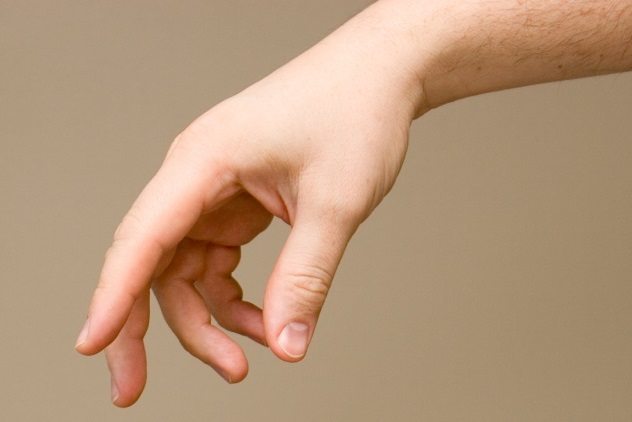
For men who like letting their wrists go limp, as in letting their hands fall such that it is at a 90-degree angle to the arm, there might be a problem. Apparently, a limp wrist has always been used to identify a man as unmanly. This idea dates back to ancient Rome, when rhetoric teachers instructing their students how to speak in public discouraged them from letting their wrists go limp, as they considered it effeminate. The idea was that men had stronger wrists than women, so it was required that they kept their wrists straight as a sign of manliness.
Limp wrists had nothing to do with being gay until the 18th century, when a man’s appearance and behavior were taken to be signs of his character. So, a man who allowed his wrist to go limp was considered unmanly, which meant he was gay. Another theory traces the relationship between a limp wrist and being gay to the 17th and 18th centuries, when women wore tight-sleeved clothes that limited movement in their arms. All they had to gesture with was their hand, which they sometimes allowed to go limp since it was freer than other parts of the body. Thus, a limp wrist was considered a sign of femininity.
A third theory states that a limp wrist started to be associated with gay men after it fell out of fashion with the royalty between the 16th and 17th century. Whichever is the true origin, a limp wrist has been associated with being gay in the United States since the beginning of the 20th century.[3]
7 Fruit Machine
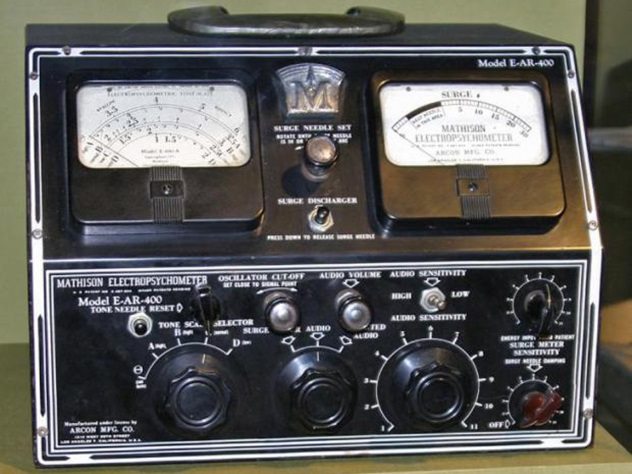
Canada waged a war against gay and lesbian people in the military and the civil service in the 1960s. At the center of the anti-gay campaign was the fruit machine, which was not really a machine but a series of tests used to identify gay people. Suspects were tricked into an office, where they were asked questions and shown series of suggestive images, including those of half-naked men. While they watched, scientists noted changes in their pulse, breathing, and skin reflex.
A camera strapped to the subject’s head and aimed at his eyes also checked for dilation in his pupils. Any man whose pupils dilated while viewing the pictures was considered gay. The test faced several problems while it lasted. Firstly, dilation in the pupils was difficult to measure, since the camera was mounted from the side and not the front, where it would have obstructed the image being viewed. Also, the test itself was unable to detect bisexuals.
The test was canceled after the Defense Research Board cut funding after the scientists involved requested more money. However, this was not before hundreds of workers had lost their jobs. Today, we know that dilation of the pupil does not necessarily determine whether or not a person is aroused. For one, the pupil reacts to light.[4]
6 Gulf Cooperation Council Homosexuality Test

The Gulf Cooperation Council, an economic union of Kuwait, Qatar, Bahrain, Oman, Saudi Arabia, and the United Arab Emirates, caused mild unrest when they revealed their plans to stop gay foreigners from entering their countries. According to Yousouf Mindkar, a director at Kuwait’s health ministry, union member states would detect homosexuality by subjecting all foreigners to certain tests before they would be allowed to enter their countries.
As it stands, there is no known test that can validly determine the sexuality of a person.[5] Mindkar himself never clarified on the kind of test the countries would conduct, but it is suggested that they might be leaning toward anal examinations, which are already in use in Lebanon. Anal examination involves a doctor looking into the anus of a person to detect whether they recently engaged in anal sex.
5 Saliva Samples

Some researchers in the United States have created a genetic test, which they claim can determine whether someone is gay with 70-percent accuracy. To create the test, the researchers took saliva samples from 47 pairs of twins. 37 of the pairs included one gay and one straight brother, while the remaining 10 were both gay. Thereafter, they looked for differences in their epigenetic markers, which are the molecules that determines how their body cells interpret the DNA code.
After that, they passed their results through a personalized machine algorithm called FuzzyForest. The algorithm detected nine regions in the twins’ genes which were different between the straight and the gay brothers. The researchers believe that by analyzing these regions in other people, they could determine whether the person is gay or straight. Experts have warned that the study was not reliable due to its small sample size, however. They say more tests need to be done before its veracity can be confirmed.[6]
4 Artificial Intelligence
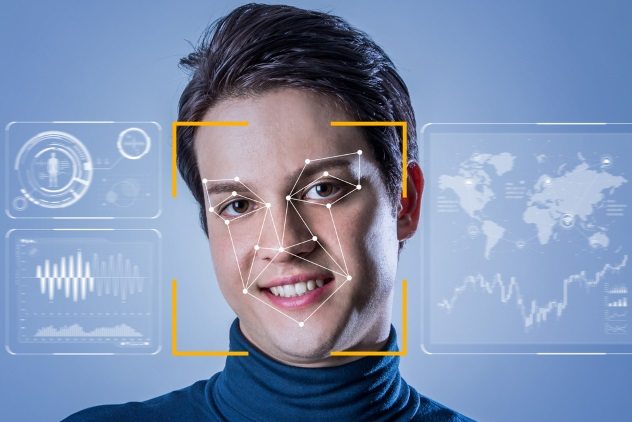
Researchers at Stanford University have developed a computer program that identifies homosexuals based on pictures of their faces. The program became an expert in the art of gay detection after researchers trained it with over 14,000 photographs they took from a dating website. The scientists would input a person’s picture into the program before adding the person’s sexuality as it was provided on the dating website. So, all the machine did was to study the shape of the faces to determine what people who are gay and lesbian look like. It deduced that gay men have long noses and narrow jaws, while lesbians have wider jaws.
These days, the researchers feed a facial photograph of a person into the program, and it determines their sexuality. During a test, it identified gay men 81 percent of the time and lesbians 71 percent of the time. The LGBT community did not find the program funny and passed it off as nothing but a vague “description of beauty standards.”[7]
3 Blood Tests

Same-sex marriage is allowed in Kazakhstan, one of the several countries that broke away from the Soviet Union. The country decriminalized same-sex marriage in 1998. However, there is still a general distaste for not only gay men but also lesbians as well as bisexual and transgender people.
Kazakh conservatives recently proposed several laws that would ban LGBT people from adopting children or serving in the military and civil service. One of the people at the forefront of these anti-LGBT laws is Dauren Babamuratov, who wants gay people to be banned in the country. According to him, they can be easily identified by their love for colored pants and also their genetic makeup. Babamuratov believes a person’s DNA contains information about their morality. So, homosexuals are immoral people whose sexuality can be detected with blood tests.[8]
2 Gaydar

Gaydar, a shortened name for “gay radar,” is a gay detection device made for gay people who want to identify or be identified by other gay people. It was a small, electronic, key chain–like device that beeped or flashed whenever it detected another Gaydar within 12 meters (40 ft).
The device was created in the early 2000s and was sold in the US. It was modeled after LoveGety, a similar product from Japan. Unlike Gaydar, LoveGety was used to find other straight individuals. There were concerns that Gaydar would be used by straight people to find gay people to rob or bully.[9]
1 Speech
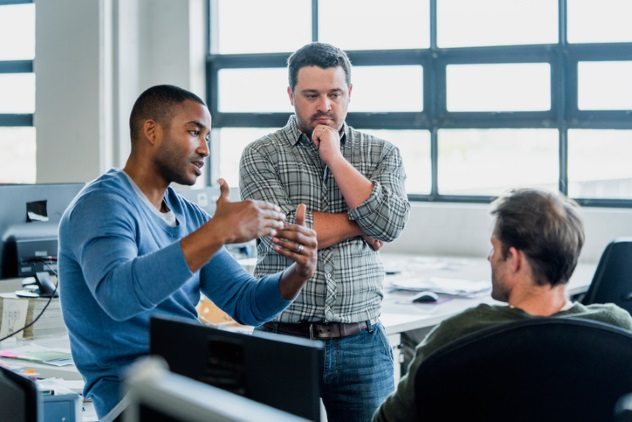
How a man talks matters a lot. If he’s not careful, he might be taken as gay even when he isn’t. There is a belief that gay men speak with the “gay voice,” which is high-pitched and more melodious than average. It is also believed that gay men have a sweet way of pronouncing “p,” “t,” and “k” and that most probably suffer from the “gay lisp.”
A lisp is a speech impediment whereby a person pronounces the “s” and “z” sounds as “th.” Men with this defect are generally considered to be gay, even though a lisp has nothing to do with sexuality. As it stands, it is estimated that ten percent of people in the United States are suffering from this speech issue. Other speech attributes that people have tried using to identify gay men is that they speak clearer than other men and tend to prolong consonant and vowel sounds.
The relationship between speech and sexuality remains unfounded, even though most people use it to differentiate men into straight and gay. This problem is compounded by the fact that some gay men agree that they decide to sound gay or straight, depending on who they are speaking with. In one study, participants were made to listen to the voices of 25 men and decide whether they were gay or not. The participants were correct 63 percent of the time.[10]
Read more about homosexuality on 10 Enlightening Facts About Gay And Trans People and 10 Shocking Cure Therapies Used On The LGBT Community.



